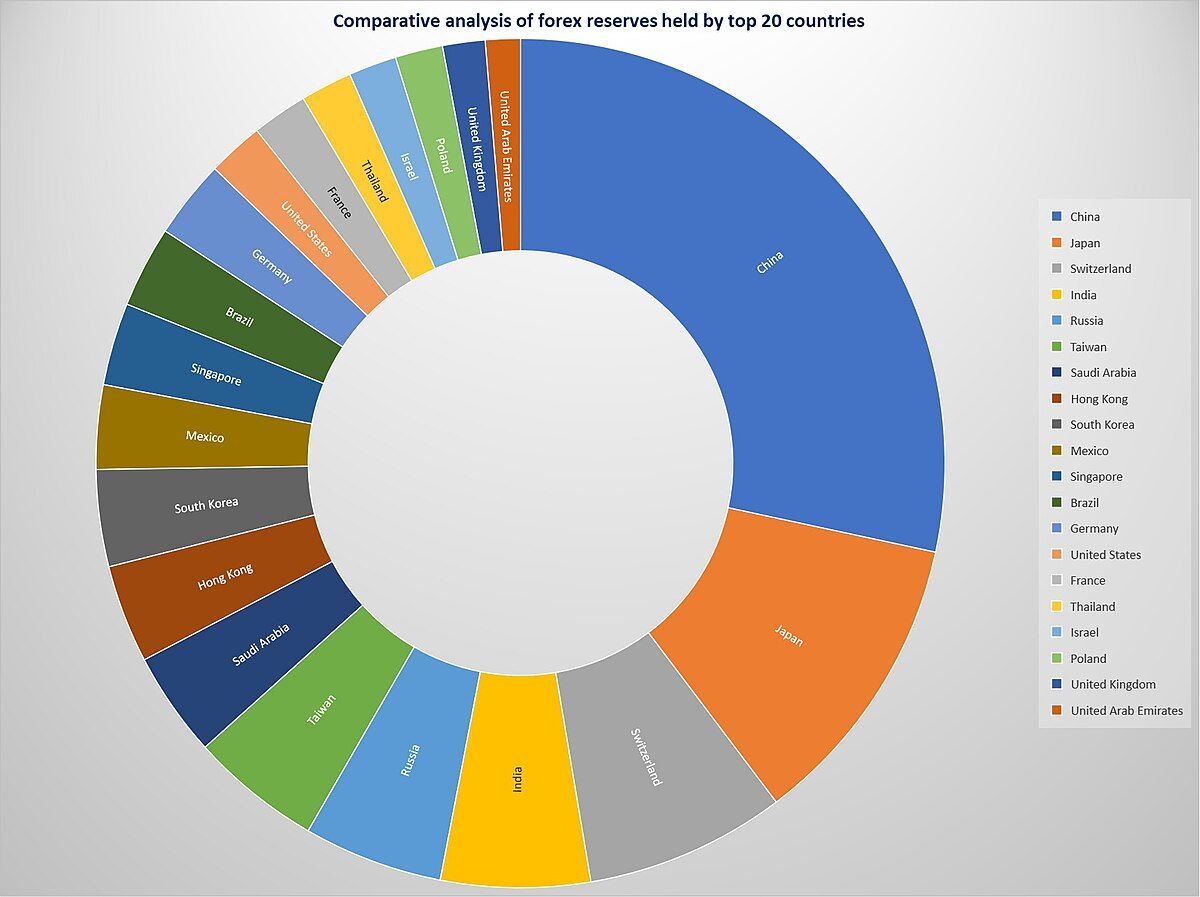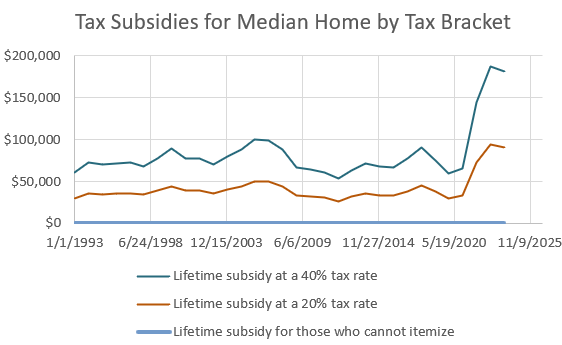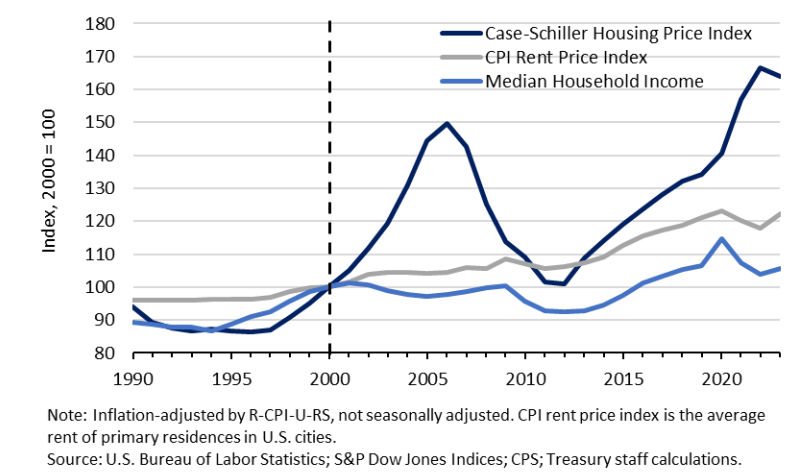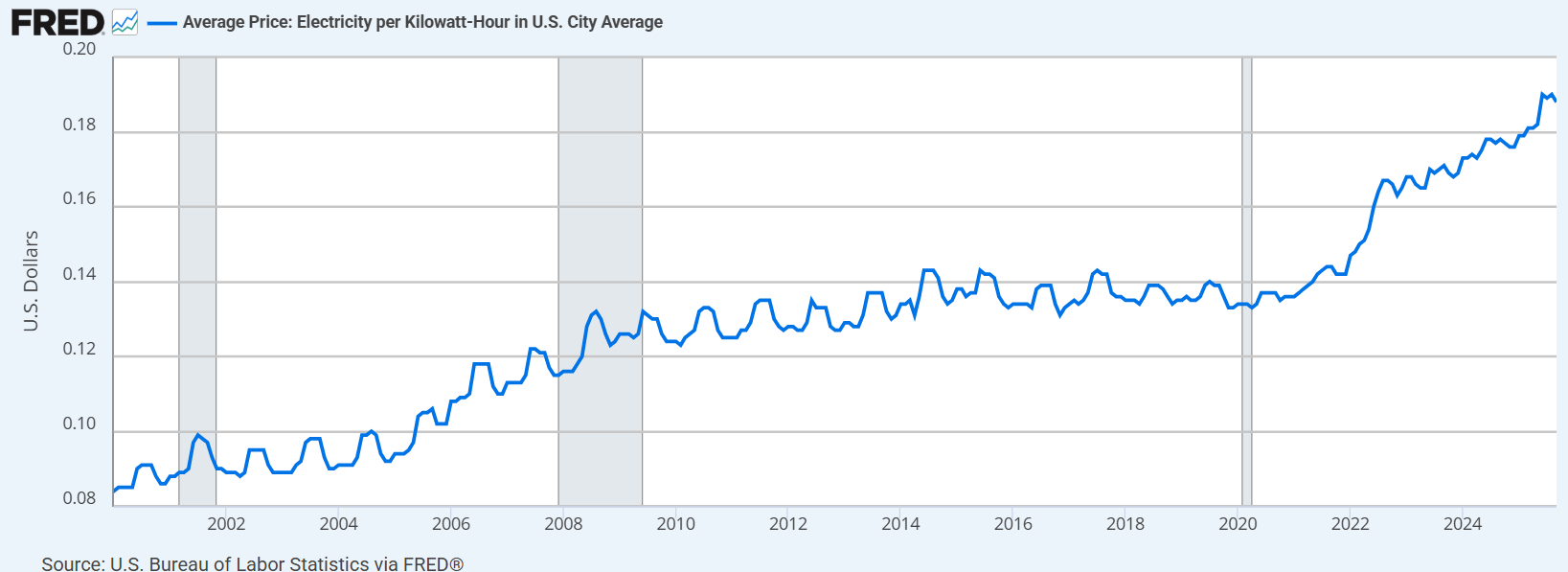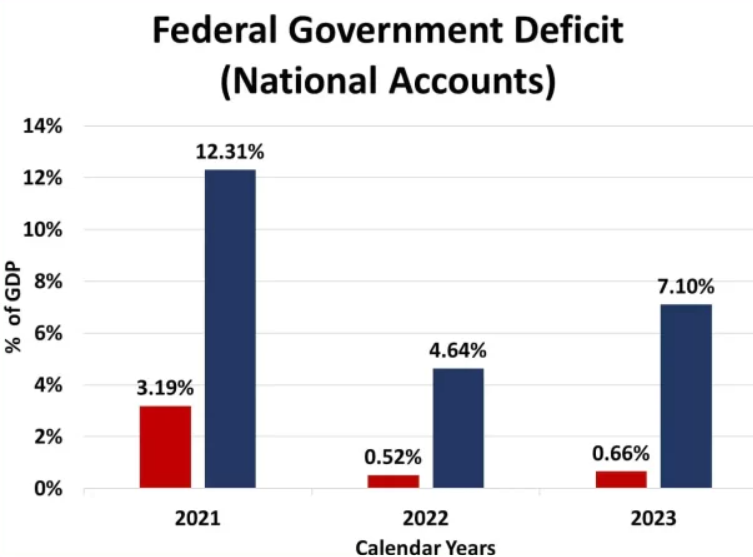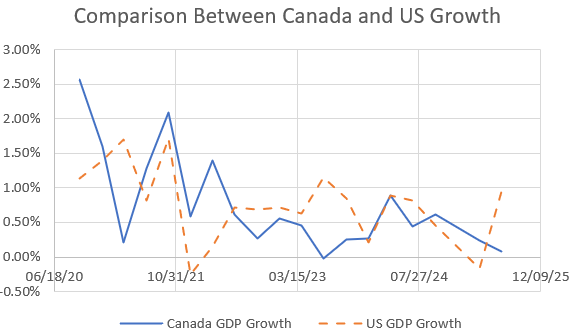Colin Read • January 9, 2024
A Cashless Society - Sunday, January 14, 2024
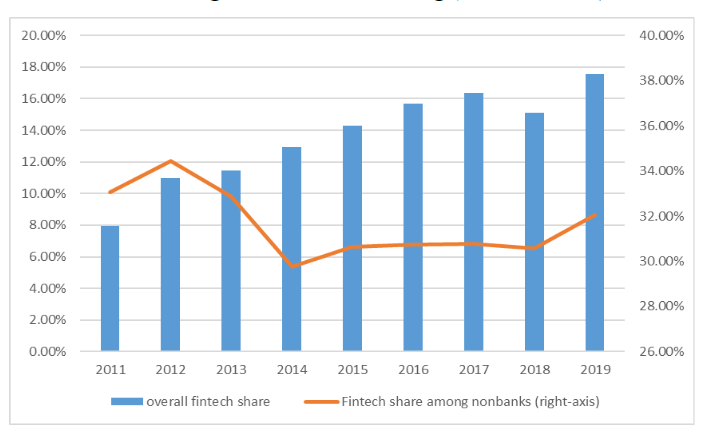
(Graph by economists Dean Corbae, Pablo D’Erasmo, and Kuan Liu. “Market Concentration in Fintech,” published by the Philadelphia branch of the Federal Reserve, entitled “Market Concentration in Fintech,” Working Paper 23-11, June 2023. )
A friend used to tell me that when she flew into New Zealand, the pilot would come over the intercom with a cheery “Welcome to New Zealand, set your clocks back twenty years.”
If we are talking about market efficiency, nothing can be further from the truth.
My wife and I have spent two weeks in Australia and New Zealand, We’ve hopped on and off trains, light rail transit, enjoyed many fine restaurant meals, bought gas as we circumnavigated the North and South Islands of New Zealand, paid for whale watching and dolphin watching fares, bought groceries, and have yet to require an Aussie or Kiwi dollar. Every purchase I’ve made has been by touching my watch to an electronic device.
This new digital world is commonplace now here down under, and in Canada. If you cross the border to Quebec and pay for a meal, you will never be asked to part with your credit card as they ring up your bill. It is all done with a tap-and-pay wireless device at your table. When I first saw that service in Hemmingford, I told the waitress I was amazed at their leading edge technological prowess. She told me that they have been doing it this way for a decade. When I visit my brother and sister-in-law in Kelowna and father and stepmom in Kamloops, I see the same technology.
I have also seen it in Plattsburgh. I paid for groceries at Aldi’s and tapped my watch to process the payment. It worked just fine. The cashier said she had never seen anybody do that before, although it is probably more commonplace now.
The point is that if there is $50 of emergency money in my cellphone case, it will go untouched for months or years. While the U.S. is slow on the uptick, the world has already essentially gone digital.
The remaining question is the role of your local bank in this accelerating combination of finance and technology. Such “fintech” solutions have been revolutionizing banking for a decade. Any bank that does not have a strong online presence already, for billpay, account management, Certificate of Deposit purchases, and even home and auto loan processing, is probably SOL. In fact, a third of banks indicate that at least half of their loan processing is done online. The rest of the banks state that 80% is online.
And, this is the most complex retail transaction for banks. If the vast majority is now done online, and if there is little reason to demand cold hard cash these days, then the brick-and-mortar model of banking is being quickly replaced by electrons (well, technically, photons) flowing along fiber optic lines. Glass fiber is replacing grand financial edifices. Online fintech companies are also growing rapidly, with hundreds of billions of dollars of venture capital (VC) money injected into a sector that barely even existed a dozen years ago, as illustrated by economists Dean Corbae, Pablo D’Erasmo, and Kuan Liu in a paper recently issued by the Philadelphia branch of the Federal Reserve, entitled “Market Concentration in Fintech.”
If I ask my “Money and Banking” students if they ever go into a bank branch, they look at me with a puzzled expression. “So, that is what those random buildings do?” They don’t care if their electronic banking is local or 3,000 miles away. They have little regard for who issues them a car loan or mortgage, except for the interest rate and closing costs. They would imagine with dread having to work out the various tedious details with a loan officer who accumulates an inch-thick pile of paper from them, all stapled and manually signed in a big folder. No, for young people it is digital signature or die.
The next step in the digital revolution is what to do with payments of all sorts, directly through our chosen bank rather than a credit card company that insists on a 2%-3% fee from the merchant for every purchase. Banks have developed some person-to-person money transfers that require only registration at your bank and the exchange of email addresses. Some complain that these transfers are easy but not immediate. And, both parties must share an app such as VENMO.
The credit card industry is no salvation even if it offers a temporary solution. Those fees merchants pay to the credit card companies are eventually incorporated into the price of the products we buy. We on average pay for a relatively inefficient solution to cashless transactions. Ironically, those who pay in cash bear the biggest brunt of the costs for the rest of us to enjoy the convenience of credit card transactions.
The next innovation is a true centrally-sponsored digital currency. No, it won’t be Bitcoin, and likely won’t be Ethereum or Stablecoin either. Cryptocurrency transactions take between minutes and an hour to be enshrined in digital immortality. Customers don’t want to wait around for such a transaction to complete. For greater expediency, most central banks around the world are either rolling out or experimenting with a true government-backed digital coin that is accessed from your watch or smartphone, is instantaneous, and is transaction-cost free. Access could be through one’s digital wallet, such as wallets maintained by Google or Apple.
Even New York State is getting into the act. It is on the verge of approving a digital driver’s license that resides in the cloud and on your smartphone. One country has even done away with physical passports and has gone all digital.
The interesting innovation is the extent that banks can retain their relevancy. A digital dollar can either move money from account to account among banks, or the Federal Reserve itself can clear transactions directly. If they choose the latter, there is yet another reason to avoid banks entirely, especially as new and solely online fintech near-banks can take interest-earning deposits and make loans, all without the cost of brick-and-mortar infrastructure. It’s all in the cloud, baby.
Surely there will be a great debate about what form the digital dollar will take. Meanwhile, China’s digital yuan, the E-CNY is spreading rapidly, with a quarter trillion dollars (1.8 trillion yuan) of transactions in July alone, and up almost three times since the previous August. Almost one in four residents have a digital yuan wallet, and almost every young person transacts that way. China even allows international money flows and envisions their digital dollar can perhaps even displace the U.S. dollar as the recognized international currency. They are pushing hard to expand their digital currency with each passing month. Meanwhile, U.S. authorities and banks are pondering the politics of a digital dollar here, despite the successful development of an efficient prototype, with the help of M.I.T.
The resistance here is because, like with any innovation, there will be winners, mostly the public, and there will be losers whose business model becomes upended. It is not an issue of “if” though. Rather, it is an issue of when, and how late to the game the Federal Reserve will be by that date. China;s aspiration of becoming the go-to currency for international trade is getting closer as time goes by, for reasons stated in past blogs that go beyond their digitization of exchange. Their recent forays accelerate that aspiration.

